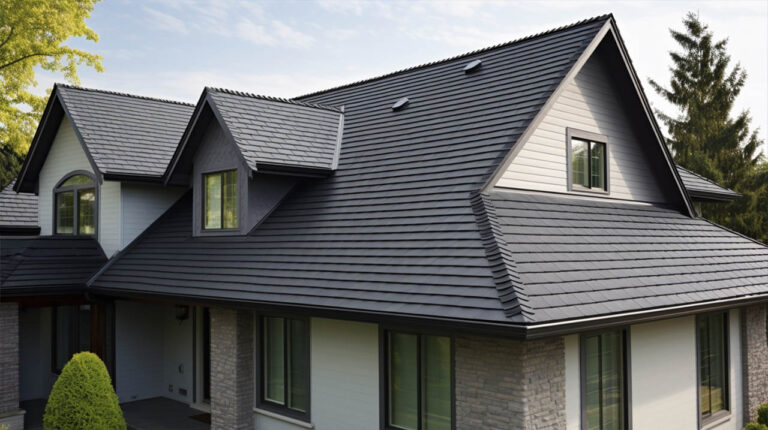TecHero Roofing is at the forefront of understanding and implementing the latest roofing standards and best practices. Our commitment to excellence ensures that our clients receive the highest quality roofing solutions, tailored to meet the specific needs of their projects. This guide delves into the intricacies of roofing standards, offering insights into the various codes and standards that govern the industry.
Roofing Codes and Their Evolution
Over the years, roofing codes have undergone significant changes. The majority of jurisdictions in the U.S. that adopt building codes have transitioned towards editions of the International Code Council’s (ICC) International Building Code (IBC) and the International Residential Code (IRC). These codes are periodically updated to reflect the latest research and technological advancements in the roofing industry.
Roof Assemblies and Their Requirements
Roof assemblies are governed by specific chapters within the IBC and IRC. These chapters detail the minimum requirements for various roof systems, focusing on aspects such as weather protection, structural performance, roofing materials, and installation techniques. The type of construction and the building’s use group determine fire-resistance classification requirements.
Determining the Applicable Building Code
It’s crucial to be aware of the building code adopted in the jurisdiction overseeing the project. While not all jurisdictions mandate a permit for roofing tasks, any repairs or replacements must adhere to the relevant code in effect at the time of the work. Knowledge of the building code in place during the original construction or the last roof replacement is essential for ensuring compliance.
Roof Load Considerations
When contemplating adding an extra layer of roof cover or transitioning from a lightweight roof cover to a heavier one, it’s vital to assess the roof structure’s capacity. The structure must be equipped to support the additional weight, along with the associated construction and live loads.
Roof Replacement vs. Recovery
Understanding the difference between roof recovery and replacement is crucial. Roof recovery involves installing a new roof covering over an existing one, while roof replacement entails removing all existing roof layers down to the deck before installing a new covering.
Addressing Natural Phenomena: Hail, Wind, and Fire
Roofing solutions must be designed to withstand various natural phenomena, including hail, wind, and fire.
- Hail: While there are no specific requirements for hail resistance in model building codes, it’s essential to consider the roofing product’s impact resistance, especially in hail-prone zones.
- Wind: Roof coverings must be capable of resisting the wind loads specific to the building’s location. This involves ensuring the roof system has been tested and designed to meet the relevant wind speeds and uplift pressures.
- Fire: Roofing assemblies and coverings are rated based on their effectiveness against fire exposures. These ratings, ranging from Class A to C, are determined through tests in accordance with standards like ASTM E108 or UL 790.
Cold Climate Considerations
Cold climates present unique challenges for roofing design. In regions prone to ice dam formation, an ice barrier is essential to prevent meltwater from penetrating the roof assembly. Proper ventilation is also crucial in cold climates, as is the ability to shed or retain snow.
TecHero Roofing: Your Partner in Excellence
At TecHero Roofing, we pride ourselves on our in-depth knowledge of roofing standards and best practices. Whether you’re looking for a Santa Barbara roofing solution, roof repair in Santa Barbara, or a roofing service in Santa Barbara CA, our team is equipped to deliver unparalleled quality and expertise. With our commitment to excellence and adherence to the highest industry standards, you can trust TecHero Roofing to meet and exceed your roofing expectations.


